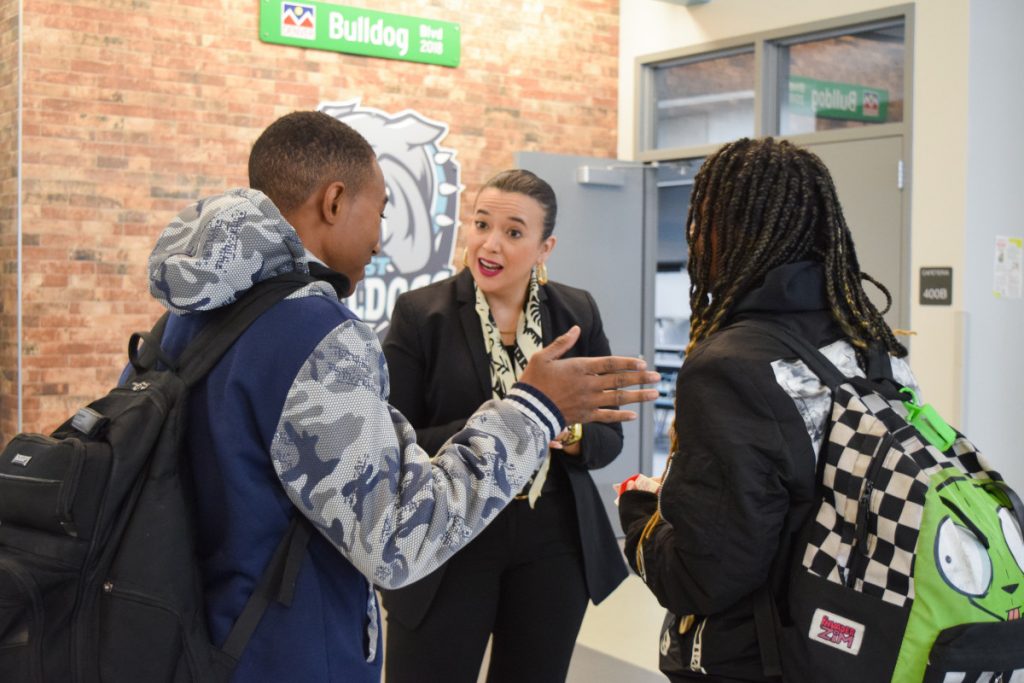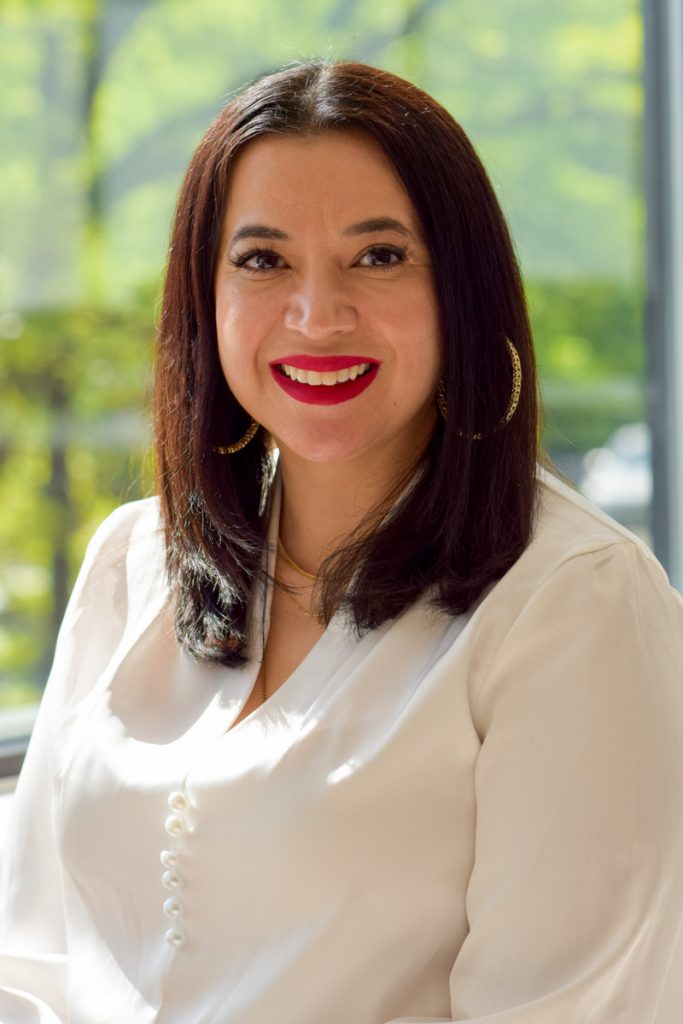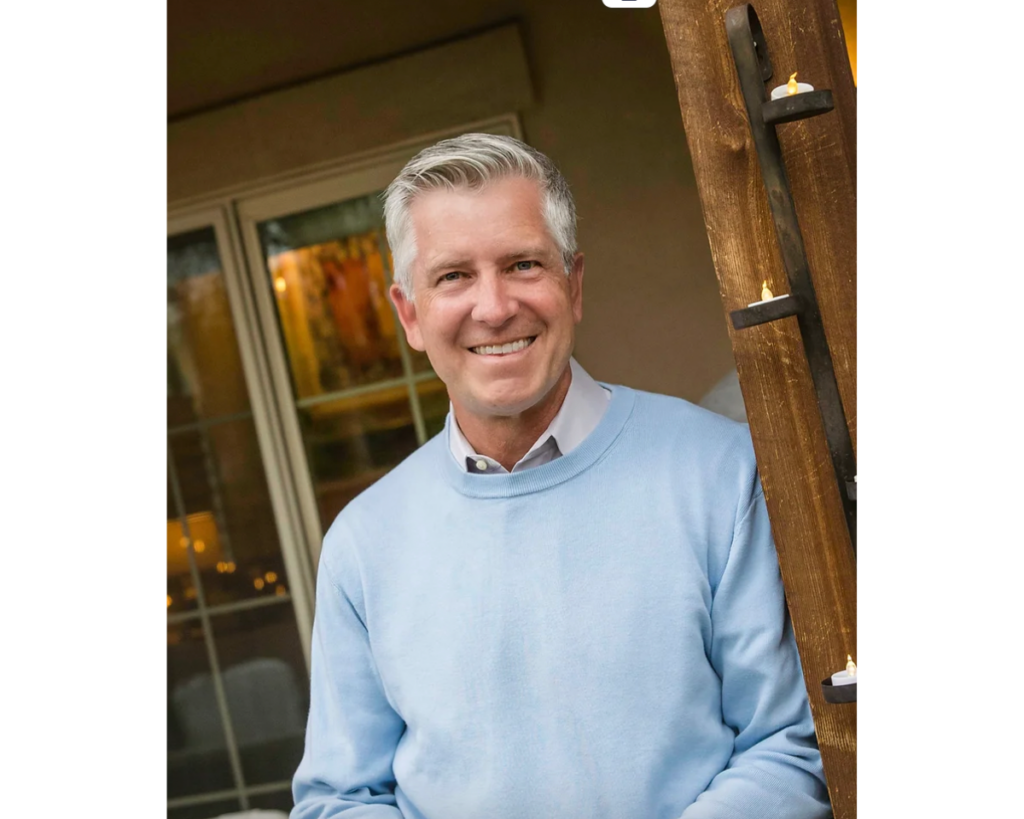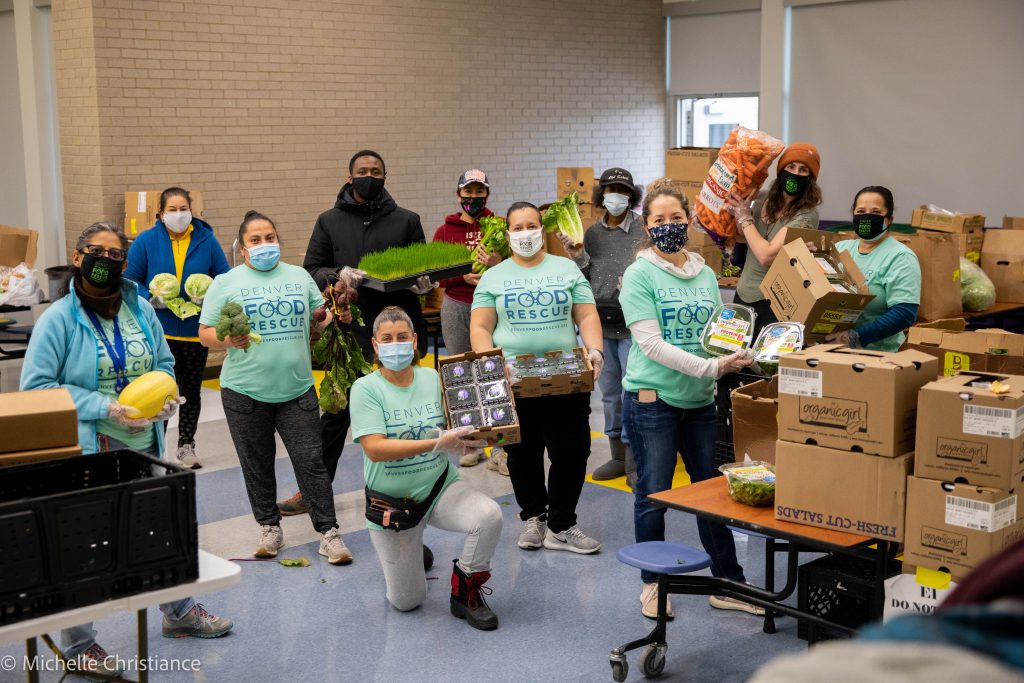Editor’s note: Nella García Urban became the CEO of DSST Public Schools in March 2024. She succeeded Bill Kurtz, who was the founding CEO and joined the homegrown charter school network in 2004.
A ninth-generation Texan, García Urban came to DSST from YES Prep Public Schools, a 20,000-student, Houston-based charter school network (about three times larger than DSST). García Urban most recently served as Chief External Officer at YES Prep, and held a variety of roles there over a 20-year career.
She graduated from Rice University with degrees in English and Political Science with a focus in Latin American Studies as a Mellon Mays Fellow. She received a master’s degree from Sam Houston State University in Education Leadership focused on charter schools. In 2013, Nella was named a Pahara NextGen Fellow with the Aspen Institute. She completed The Broad Academy for Superintendents in 2020. She is a certified Executive Coach through the John Doerr Institute at Rice University.
This interview, conducted by Alan Gottlieb on July 25, has been edited for length and clarity.
Boardhawk: Tell us a bit about your journey as an educator, and what ultimately brought you to DSST.
García Urban: First and foremost, I’m just a real zealot for charter schools. I believe so deeply in the opportunity for families to choose a great school. I think it’s one of the most important decisions they’ll make and I believe the charter movement was created to promote innovation, to prove something, and, more than anything, represent a family’s choice.
I always knew I wanted to be a teacher. I loved school. My dad found an old chalkboard when I was little, one of those on an easel that you can spin, and he brought it home. That was one of the best presents I ever got, because I could write my lessons there and teach classes to my younger siblings.
I wouldn’t say I was the best teacher at that time, or they were the best students, but it’s a memory that exemplifies how I have always loved education. I’ve always loved books, school supplies. Everything about school is exciting and brings me a lot of joy. My mother was a teacher and my aunt was also a teacher and my godmother, and that influenced me. It was just meant to be.
When I went to college, my family had aspirations for me to become an attorney. I also thought that was the path that I would take. I had that research mentality. AndI was always involved in public speaking. But the reality was, I just wasn’t passionate about the judicial system. I realized this is just not going to be for me. I have to be very passionate about what I do. I’m fueled by that. And so I became a teacher at YES Prep.
Boardhawk: Your entire career in education prior to DSST was at YES Prep?
García Urban: Yes, I started at YES Prep. I was a teacher at our second school, and completely fell in love with it. I had never been in a school like a charter school where the focus was actually on academics and learning, not the social aspect of school. It was safe and good for kids to be smart and they were celebrated in their learning. I will never forget the experience of visiting YES Prep and knowing “I just have to be a part of this; I have to be part of the front end of changing life trajectories.”
Eventually I became a school leader, and then had various other roles. I led a teacher preparation program, which was really aligned with my passion around teaching and learning, and then did other executive roles in the organization. Most recently, I was the chief external officer. The past five years I focused on growing elementary schools, which was a new strategic effort for us. Prior to that, much like DSST, YES Prep had been middle and high schools.
Boardhawk: Why did YES Prep make the decision to start elementary schools, and do you think about that as a possibility for DSST?
García Urban: We saw the incredible potential for children when you start earlier. I do think about this a lot for DSST, especially because I see how impacted some of our students are in coming into middle school, not necessarily being ready for a really rigorous middle school education. Every single child has the ability to be college ready, and so much of what you do oftentimes in middle school is convincing students to believe they’re smart, that they can do it. To believe in that is so important.
Middle School is also very difficult. It’s a very important time in kids’ lives biologically, physically, mentally, emotionally. And then high school, that’s where it just gets so serious. The decisions you’re making and the programs you’re offering are impacting their lives. So I think the whole pre-K through 12 trajectory is important.
We want to be a strong operator that ensures that each of our schools has a way to be unique and have its own identity in different ways, But at the same time, we must have strong systems that ensure equity because we don’t want to replicate an issue of different levels of opportunity for academic excellence at different schools.
Boardhawk: How would you compare and contrast the DSST culture to the culture of YES Prep?
García Urban: Culturally we have a lot of similarities. We’re both organizations focused on creating safe, welcoming, and inclusive schools where kids can learn. That mission alignment has felt very smooth for me. More specifically, both are really committed to college readiness for all kids. That is core to my belief system. Also, I think both organizations value people and see people as a source of their strength.
As far as contrasts and differences go, Texas has a very different political climate for charter schools. Charter growth is much more accessible. For Charter Management Organizations like DSST serving more students is at the forefront of what you’re thinking about. Here in Colorado, and in Denver, there have obviously been a lot of different shifts politically that have impacted that opportunity. So in that context, growth becomes not just adding seats, but also improving your systems, like a muscle, pushing and challenging. That has been a big shift from growing so aggressively.
Boardhawk: How do you navigate an environment that is arguably less charter-friendly than the one to which you are accustomed?
García Urban: At the end of the day, I think there are three main ways to think about our navigation. One is relationships, which for me as a newcomer means starting to build relationships with Denver Public Schools and Aurora Schools (the two districts where DSST operates schools) as well as other leaders in the ecosystem.
The second element is results: Continuing to deliver on our promise to our students and our families, and being a point of positive experiences and access for our students. To me that’s super important.
And then third, community-building. We have thousands of families that have made the very important choice to send their students to our schools. It’s our responsibility to listen, but also to build that community and coalition. I think that because the concept of charter schools is so nebulous to people that sometimes I wonder if every one of our families know they go to a charter school, or do they know they go to DSST?
Boardhawk: Why is that distinction important?
García Urban: It might matter only to the extent that anti-charter sentiment or policy could impact their ability to choose their school, which is unfortunately something I experienced firsthand in Texas that is absolutely devastating. Pulling opportunities away from families and unfortunately, (if they’re not aware of the local charter school political landscape) it’s too late for them to realize ‘wait, we’re a charter school. Wait, there’s somebody who actually has the authority to remove our opportunity.’

Boardhawk: What elements of YES Prep would you like to see incorporated at DSST?
García Urban: We want to be a strong operator that ensures that each of our schools has a way to be unique and have its own identity in different ways, But at the same time, we must have strong systems that ensure equity because we don’t want to replicate an issue of different levels of opportunity for academic excellence at different schools. What systems can we create, so that across all of our schools, we’re creating the greatest level of equitable access for all students?
Boardhawk: What do you see as DSST’s greatest strengths?
García Urban: We have a graduate profile, which I really like, that prioritizes a sense of self, college readiness, and STEM (science, technology, engineering, math). What struck me first in meeting the kids was their sense of self – that aspect of our graduate profile. Their sense of voice, their awareness of what they bring to the world. I would go to schools and meet a few students who showed me around and the school directors knew I was wondering, ‘did y’all just pick the stars?’ and they’d be like, ‘trust me, you could have picked any group of three kids to walk you around the school, and you would have gotten that same impression.’
Boardhawk: What challenges do you see? What are the biggest areas for improvement?
García Urban: Figuring out how to better serve middle school kids. This is a huge area of focus. My many years of middle school experience, I think, will help me acclimate and figure this out. Our high schools are very high-performing now. And you don’t have those high-performing high schools without strong middle schools. But what I think we’re seeing post-pandemic is that our middle schools need to get better at serving middle school kids.
Boardhawk: Final question. Some charter critics have harped on the fact that the city’s three big charter networks were founded and run by white men for many years. How do you think having a woman of color rather than a white man leading the network changes the way DSST is perceived?
García Urban: My hope is to be both a window and a mirror. A mirror in that our students and members of our community can find different ways to relate to me as a leader, and I hope that in some ways they can see themselves in my journey. I have seen that visiting schools; the way kids have responded to me. It gives me a lot of energy and makes me feel so motivated to work really, really hard for them. I think you need mirrors. I wouldn’t be sitting in this seat if I did not have that at pivotal moments in my career, because I just didn’t know it was possible for me.
I hope to be a window for others in hearing a diverse perspective. While yes, I come from another charter network, we have a different way of doing things. One of the things I talked about when I first came here was that DSST has this value of courage. Can we be courageous by listening to a different idea? There’s a way to value diversity, and so a window in that way as well. But also different ways we can serve our students, especially as we see new and different populations come to Denver and Aurora.
There are going to be different and unique challenges that didn’t exist for my predecessor, Bill Kurtz, whom I value and admire so much. But I also sometimes wonder if there are also different opportunities that I might have, and I want to hold both of those in my mind and in my heart at the same time.




